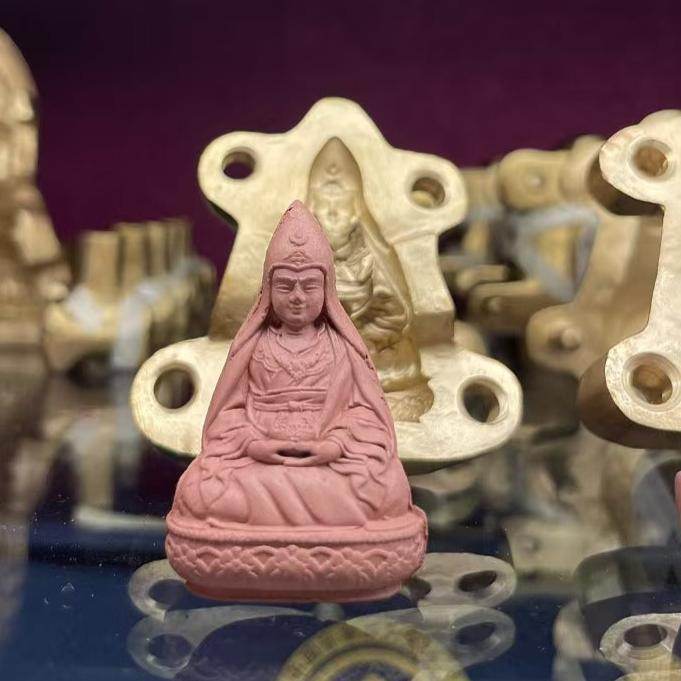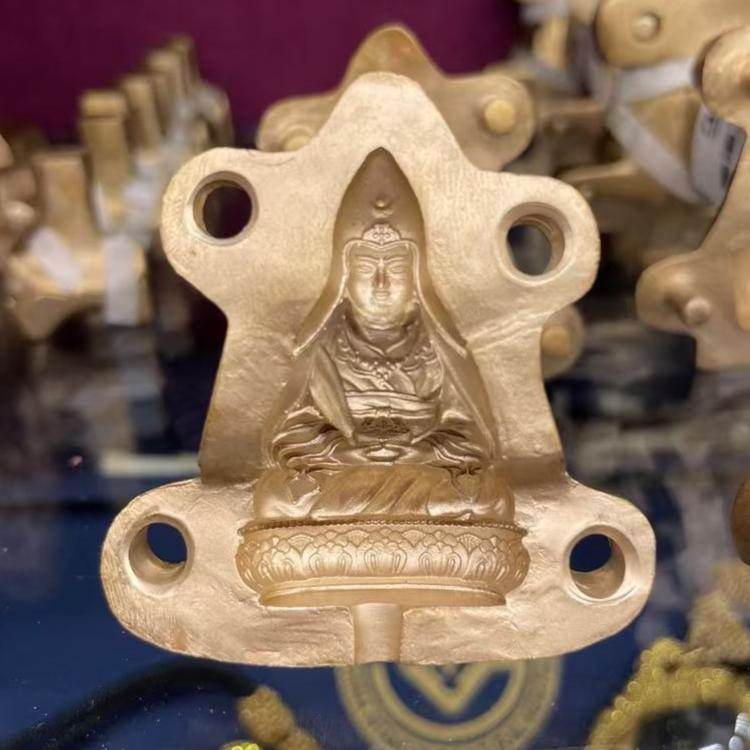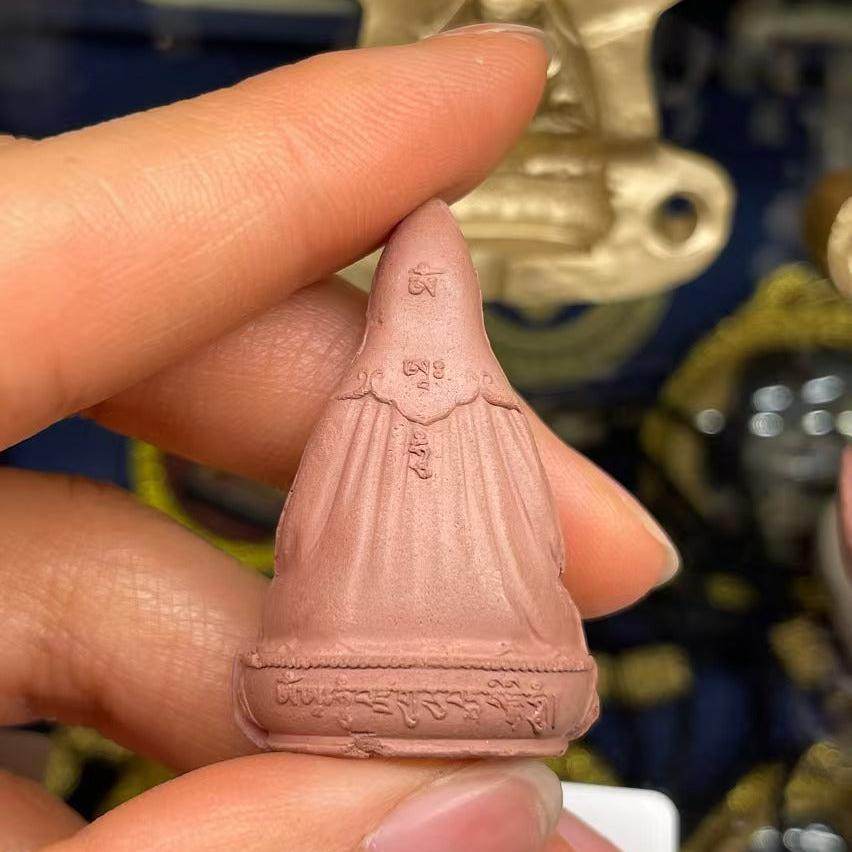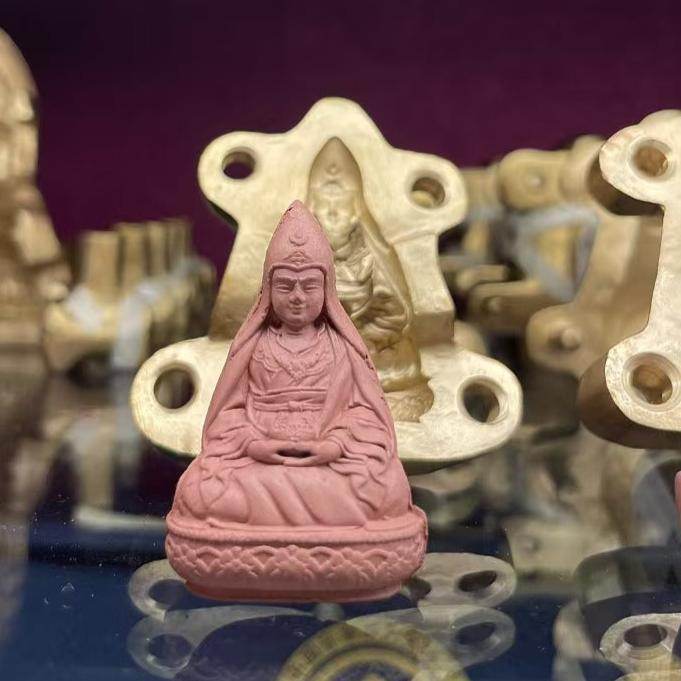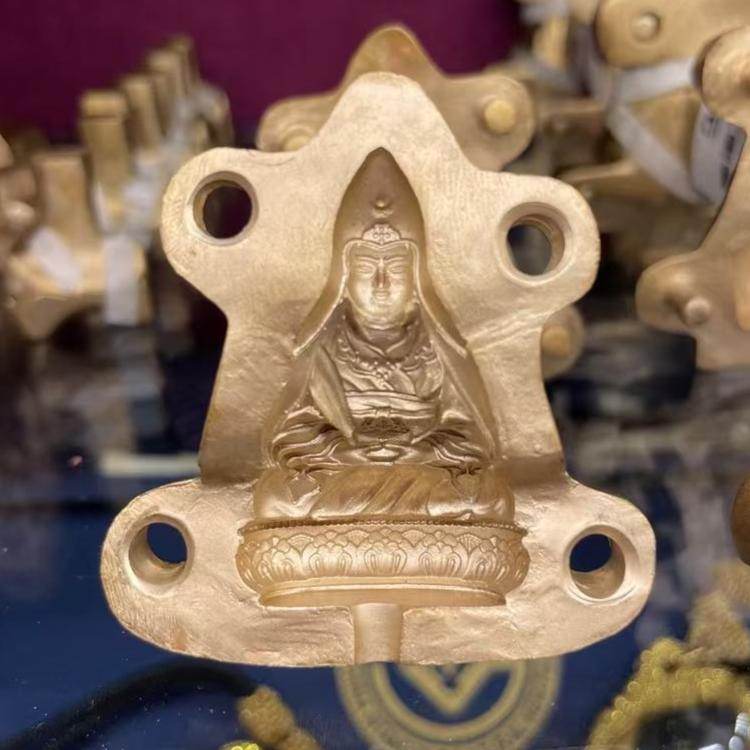Guru Dewa Chenpo Tsa tsa mould,4cm Height
Guru Dewa Chenpo Tsa tsa mould,4cm Height
Couldn't load pickup availability
Discover the artistry of our **Gandhanra Tibetan Buddha Statue Citipati Tsa Tsa Mold**, beautifully crafted by skilled artisans from Hepo Township in Baiyu County,the original version is an ancient Buddha statue housed in Kathok monastery.
This mold is carved very delicately and accurately, with every detail looking lifelike.
Perfect for making **Tsha Tsha**, this mold offers a unique opportunity to personalize your statue for decoration or spiritual consecration.
Let your creativity shine as you choose to leave your statue plain or paint it to match your aesthetic.
Embrace the meditative spirit of Tibetan culture with this exquisite mold and bring a touch of tranquility to your home!
You can learn how to make your statue with this video
https://youtu.be/_gJcNP-ksJI
SPECIFICATIONS
Material: brass
Craft: Manual mold, pouring
Color:yellow
Size:
Length(handle):about 65mm
Height:about 50mm
Width :about 43mm
HOW TO USE
1. Oil the mold to prevent the clay from sticking
2. Place the mold on the prepared clay
3. Press or hammer the mold hard to shape the clay and take out the blank
4. Dry the blank naturally, let it dry completely
5. (Optional) Bake it in the oven to enhance its hardness, just like pottery
6. (Optional) You can even paint it yourself.
You'll get 1pc Buddha statue mold as pictures shown.
ABOUT TSA TSA
Tsa Tsa (Tibetan: ཚ་ཚ་, Willy: tsha tsha; Sanskrit: satchāya; Pali: sacchāya or sacchāha), a small mold-releasing clay sculpture in Tibetan Buddhism.
Tsa Tsa originated from India and was introduced to Tibet in the seventh century. It is extruded through a metal mold, and the cement is mixed with wheat grains, treasure powder, spices or the ashes of the monk. The patterns on it were mainly in Indian style in the early days, such as the Sky Tower, Gate Tower, Bodhi Pagoda, and the mantras of the Prajna Paramita Heart Sutra. Later, Tibet began to make its own molds, and the patterns of gods and Buddha images and the six-character mantra began to replace the earlier Indian style.
Tsa Tsa is generally placed in the pagoda as a stupa, or placed in a special "Tsa Tsa kang", or enshrined in temple halls, mani piles, monks' cultivation caves and other places.
